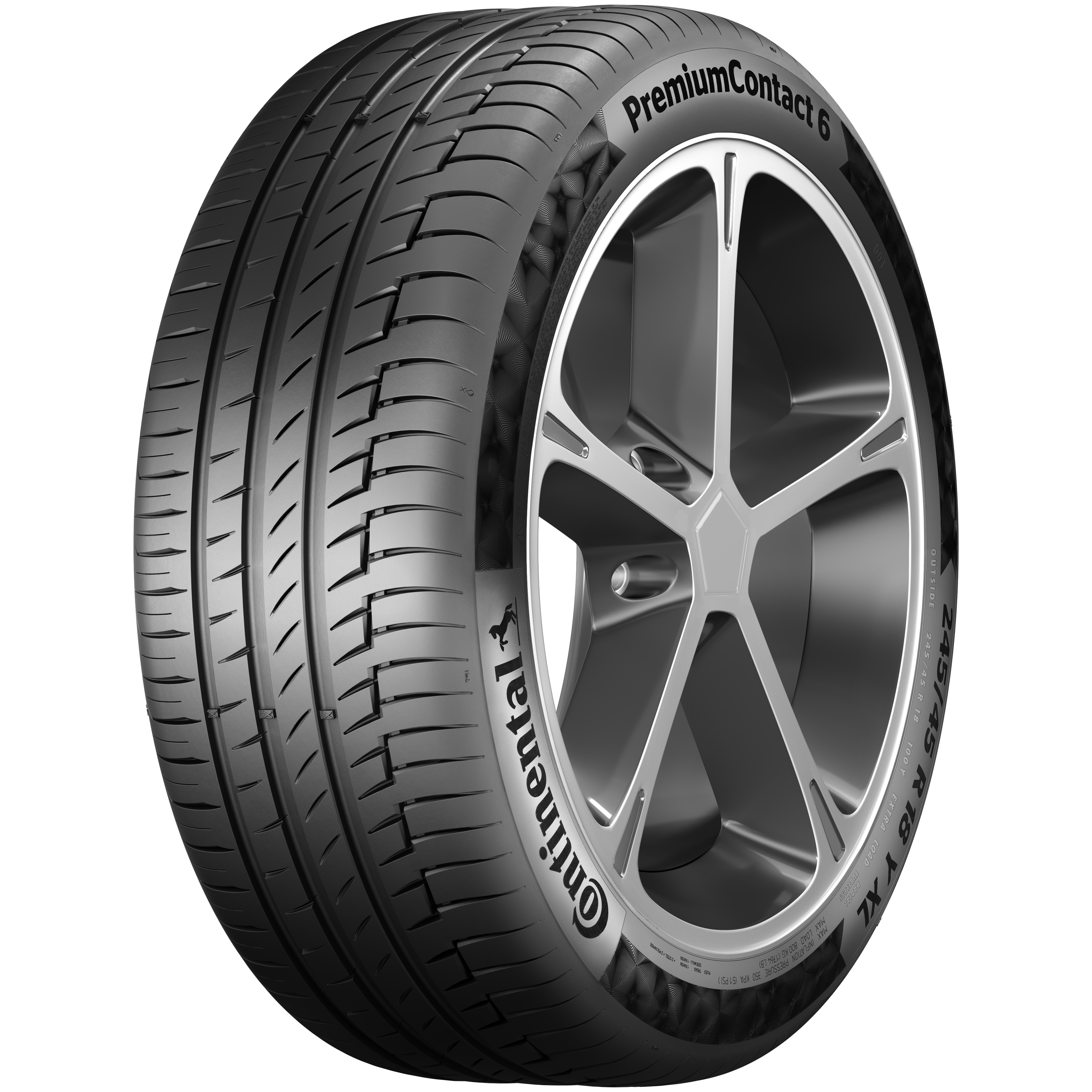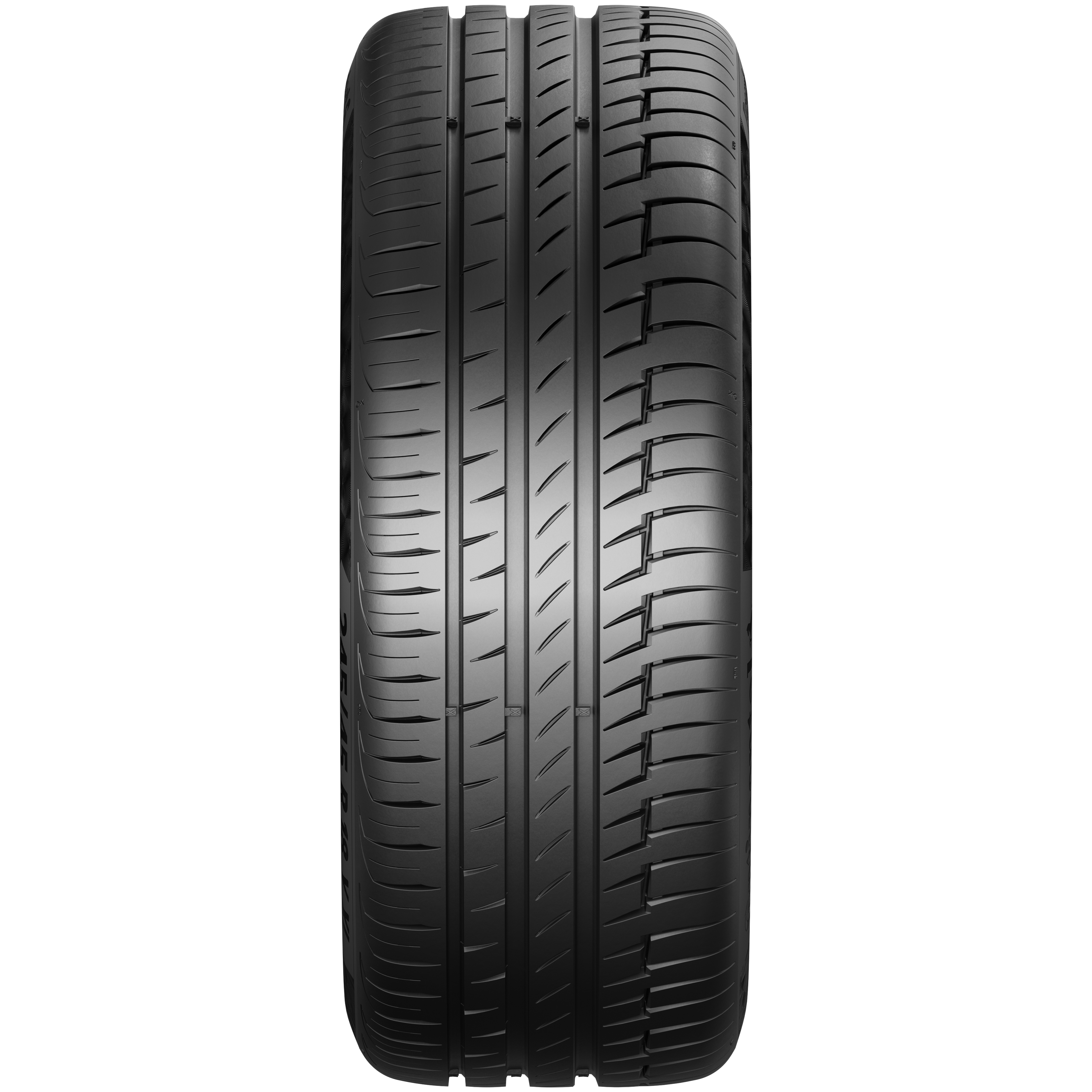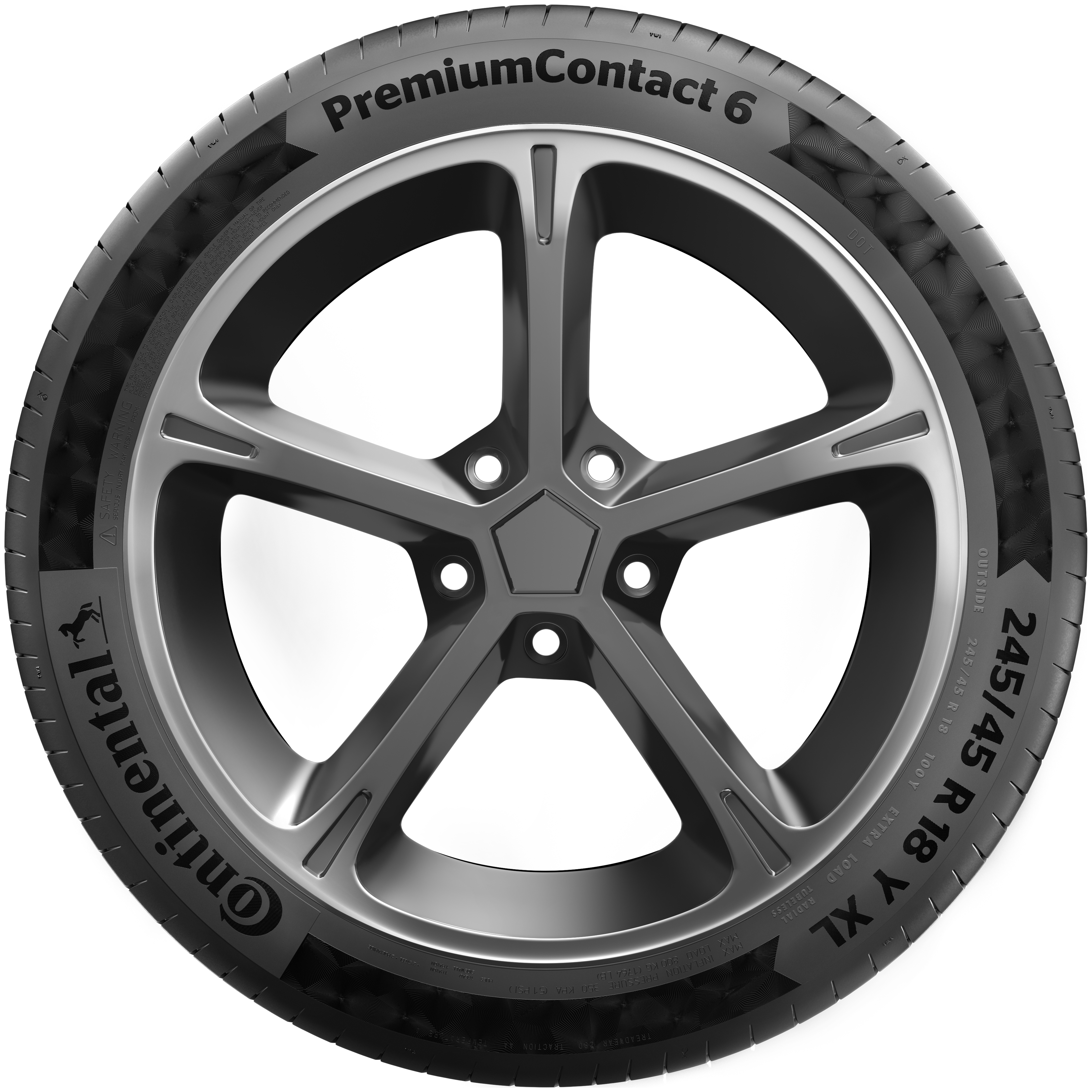Visit Continental Tires in your country for local vehicle fitment
(name of the tire)
(tire description)
Technical Details
- Wet Braking
- Ice Braking
- Handling
Rain won’t stop you from stopping.
Whenever the ground becomes slippery in winter, this tire won’t be surprised – thanks to our CoolChili compound you can always rely on remarkable braking performance on wet surfaces.
No need to quake whenever you have to brake.
A really good winter tire makes you barely notice the winter. Just like this one. Equipped with our Liquid Layer Drainage it clearly reduces the braking distance on frost-covered and icy roads.
Whenever you take on a curve, this tire takes it easily.
Feel free to take the winding road in winter: thanks to our Snow Curve+ technology for safe cornering, you’ll always stay on track – even when it’s curvy and snow-covered.
Still have questions?
Just ask.
We are happy to answer all your questions and support you with our tire expertise.



